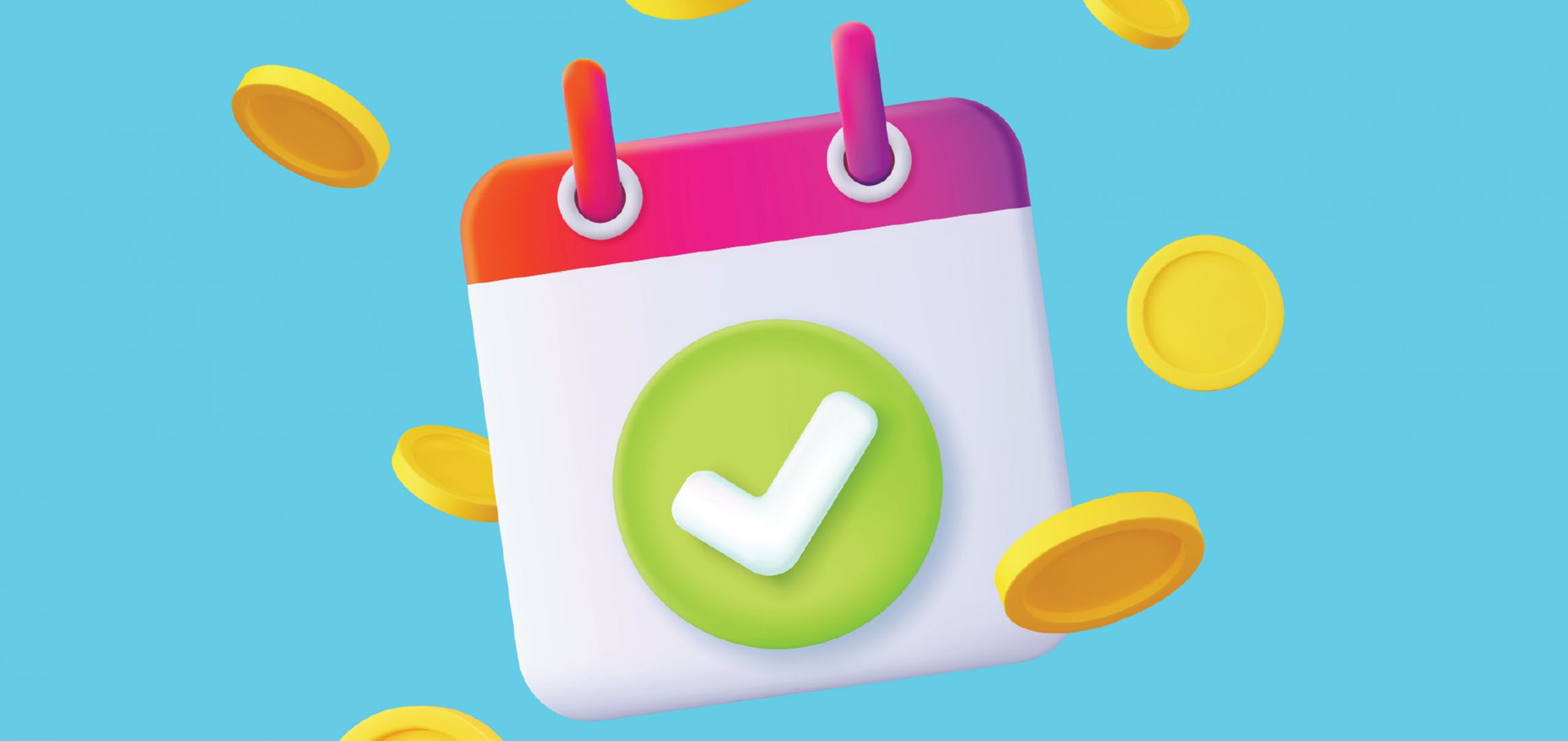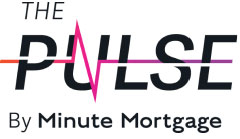4 Parts to Your Mortgage Payment
You get your mortgage statement every month, but have you ever wondered exactly where your money’s going? Let’s break down mortgage payments so you can borrow smarter!
A typical mortgage payment has four parts:
-Principal
-Interest
-Taxes
-Insurance
You might see these parts abbreviated as PITI.
Principal:
The principal is what you initially borrowed and what you’re paying off throughout the life of your loan.
As your loan ages, more and more of your monthly payment will go towards your remaining principal, a process called amortization.
Paying more than your monthly minimum towards your principal can help you pay off your loan faster and save on interest. Be sure to check if your loan has a prepayment penalty before paying off early as you could incur additional fees.
Interest:
The interest is the borrowing fee you pay over the life of your loan. Interest is expressed as a percentage of your principal balance, and as that balance shrinks, the less interest you pay.
There are two types of interest: fixed and adjustable, and they both are pretty much exactly as they sound.
A fixed interest rate means the interest rate will stay the same throughout the life of the loan, regardless of market conditions. This also means your monthly principal and interest payments will stay the same as well.
Adjustable rates change based upon an index – also known as a benchmark rate that reflects general market conditions. With an ARM, the first adjustment may occur at 5, 7, or 10 years from the initial first payment date with subsequent adjustments varying between six and twelve months thereafter.
Taxes:
Taxes are paid to your local government and used to fund public projects like school districts and infrastructure. Everyone who owns property in the US is required to pay property tax.
The amount you pay in property taxes usually depends on your home’s value, as well as your location. For example, property taxes in big metro areas like San Diego, California, are usually higher than in more rural areas.
In some cases, you may wish to pay your annual property taxes yourself. Or the amount of your annual taxes may be divided by twelve and paid each month into what’s known as an escrow account as part of your mortgage payment. With this option, your mortgage company pays your taxes in full for you on the due date.
Insurance:
Insurance refers to both homeowners and mortgage insurance.
Homeowners insurance, sometimes called hazard insurance, helps protect your home from accidents and damages to your property, and mortgage lenders require you to hold a policy. As with taxes, homeowners insurance may be paid annually by you, or in some cases may be required to be escrowed by the lender.
On a conventional loan, mortgage insurance is only required if you make a low down payment, typically less than 20%. Mortgage insurance helps protect the lender if the borrower defaults on payments. Once you have over 20% equity in your home, you can typically have your mortgage insurance removed.
On an FHA (Federal Housing Administration) loan, mortgage insurance is typically required for the entirety of the loan. However, there are some cases where mortgage insurance may drop after 11 years.
Now that you know what’s in your mortgage payment and what PITI stands for, we hope you’re able to borrow smarter!
Any questions? Our friendly loan officers are here to help! Contact Minute Mortgage today and learn how to get into your dream home faster.
Have more burning questions about industry terminology? Click here!


 4:00 read
4:00 read



